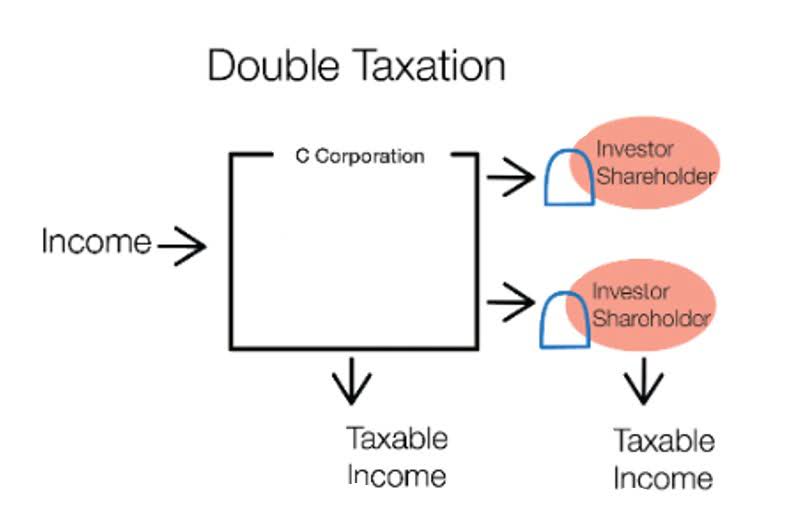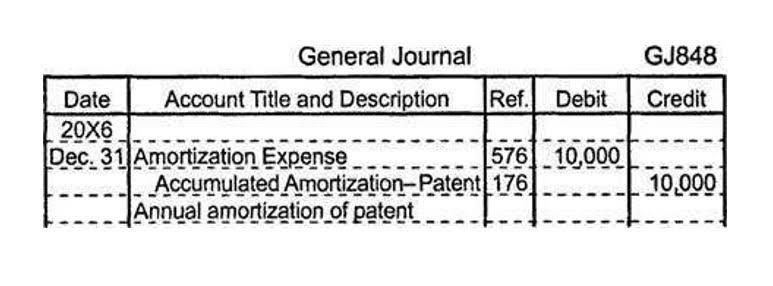
For lean startups still fine-tuning their technology and attracting venture capital, temporarily operating at a loss may not be a bad thing. Income statements are an essential part of a company’s financial reporting. The income statement is also vital for ratio analysis, equity research, and valuation of the company. This represents the profit that a company has earned for the period, after taking into account all expenses. EBIT is the resulting figure after all non-operating items, excluding interest and taxes, are factored into operating profit.
Identify cash flow issues
With insights from all three of these financial reports, you can make informed decisions about how best to grow your business. Income statement reports show financial performance based on revenues, expenses, and net income. By regularly analyzing your income statements, you can gather key financial insights about your company, such as areas for improvement or projections for future performance. Next, $560.4 million in selling and operating expenses and $293.7 million in general administrative expenses were subtracted. To this, additional gains were added and losses subtracted, including $257.6 million in income tax.
How to Pay Off Your Business Debt, Fast
Investors scrutinize the balance sheet for indications of the effectiveness of management in utilizing debt and assets to generate revenue that gets carried over to the income statement. This is also known as the statement of financial performance because it shows which account are found on an income statement how the entity financially performed during the period that the statement is presenting. Once you know the reporting period, calculate the total revenue your business generated during it. Your reporting period is the specific timeframe the income statement covers.
Operating profit margin
- This profit is what the company deliver to its shareholder or keep for reinvesting.
- Multi-step income statements are one of three types of income statement.
- Your reporting period is the specific timeframe the income statement covers.
- It also helps business owners determine whether they can generate high profit by increasing prices, decreasing costs, or both.
- It starts with the top-line item which is the sales revenue amounting to $90,000.
- To prepare an income statement, small businesses must analyze and report their revenues, operating expenses, and the resulting gross profit or losses for a specific reporting period.
- A negative net income shows that the company is spending more than it earns, resulting in a loss.
While not present in all income statements, EBITDA stands for Earnings before Interest, Tax, Depreciation, and Amortization. It is calculated by subtracting SG&A expenses (excluding amortization and depreciation) from gross profit. The above example is the simplest form of income statement that any standard business can generate. It is called the single-step income statement as it is based on a simple calculation that sums up revenue and gains and subtracts expenses and losses.

Calculate Cost of Goods Sold (COGS)
Non-operating Expenses are costs unrelated to a company’s core business operations. They may include interest expense from borrowed funds, one-time expenses such as losses from the sale of assets, and other costs unrelated to the primary business activities of the company. An income statement is an important financial report that provides rich information on how a business or company is doing and how it’s likely to perform in the future.
Generate a Trial Balance Report

Shareholders’ equity is the difference between assets and liabilities, or the money left over for shareholders for the company to repay all its debts. These costs are the variable cost that attributes to the goods sold during the period. These costs do not include the fixed and administrative expenses for the period, and they have to be recognized consistently with revenues that we recognize. As you can see at the top, the reporting period is for the year that ended on Sept. 28, 2019.
This can be used for comparison across different businesses and sectors. By understanding the income and expense components of the statement, an investor can appreciate what makes a company profitable. However, real-world companies often operate on a global scale, have diversified business segments offering a mix of products and services, and frequently get involved in mergers, acquisitions, and strategic partnerships.

He also signed an executive order safeguarding access to gender-affirming health care for transgender residents. We expect to offer our courses in additional languages in the future but, at this time, HBS Online can only be provided in English. Harvard Business School Online’s Business Insights Blog provides the career insights you need to achieve your goals and gain confidence in your business skills. Follow the journey of one of history’s most influential figures in accounting, Luca Pacioli, the father of accounting. When you depreciate assets, you can plan how much money is written off each year, giving you more control over your finances.
How Do the Income Statement and Balance Sheet Differ?
Income statement accounts are also referred to as temporary accounts or nominal accounts because at the end of each accounting year their balances will be closed. This means that the balances in the income statement accounts will be combined and the net amount transferred to a balance sheet equity account. In the case of a sole proprietorship, the equity account is the owner’s capital account. As a result, the income statement accounts will begin the next accounting year with zero balances. EBITDA is not normally included in the income statement of a company because it is not a metric accepted by Generally Accepted Accounting Principles (GAAP) as a measure of financial performance.
Gross profit margin

Non-operating expenses, on the other hand, refer to costs incurred but not linked directly to the core functions of a business. Such expenses include obsolete inventory charges or even the settlement of a lawsuit. It is a statement prepared by companies that operate globally offering a wide range of products and services and consequently incurring an array of expenses. Given the nature of their operations, such entities have a complex list of activities and costs to account for.
Tinggalkan Balasan